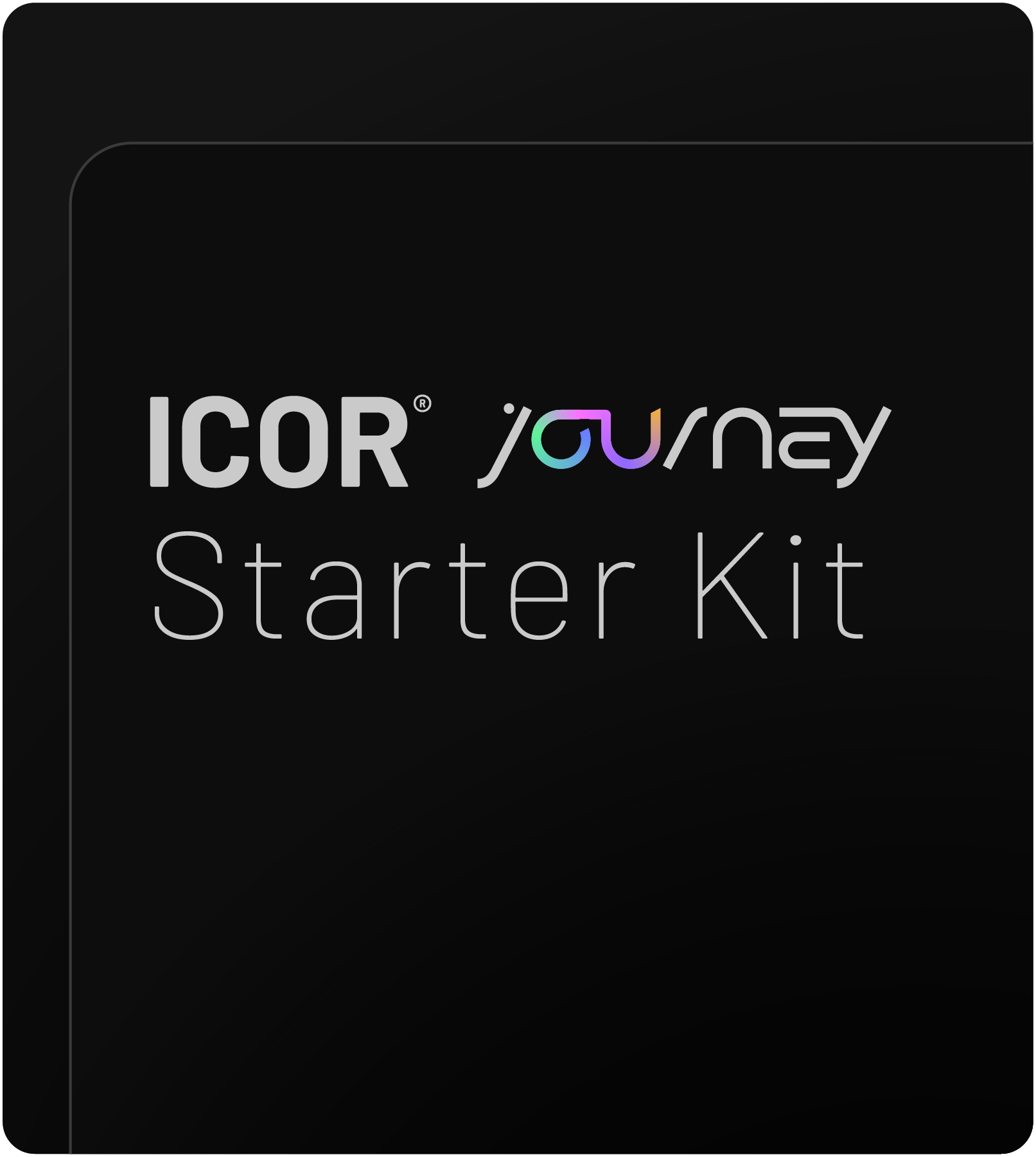Many Busy Professionals believe that better organization will finally give them control over their notes. More tags, cleaner folders, better linking, smarter graphs—yet the harder you try to perfect the system, the more time you spend maintaining it instead of using it. The real problem isn’t your discipline or your tools. It’s that most professionals get stuck in the wrong stage of note-taking maturity, creating complexity instead of clarity.
The Hidden Cost of Over-Organizing
Research shows Knowledge Workers lose 1.8 hours every day simply searching for information. That’s almost a full workday every week spent digging instead of delivering. The irony? The more elaborate the system becomes, the worse retrieval gets.
Organization does not equal Accessibility.
A beautifully structured library that takes 15 minutes to find anything in is still slowing you down.
Worse yet, every hour spent tagging notes is an hour not spent writing a proposal, preparing a presentation, or solving a strategic problem. You end up maintaining a system instead of using one.
The 5 Stages of Note-Taking Maturity
Cognitive psychology shows a clear progression professionals move through:
Stage 1 – Linear Note-Taking
Everything is captured chronologically and rarely revisited.
Stage 2 – Organized Note-Taking
Folders, tags, categories, structure. This feels productive—and traps 80% of people.
Stage 3 – Connected Note-Taking
Links, backlinks, knowledge graphs. Powerful, but often creates even more maintenance.
Stage 4 – Purposeful Note-Taking
You capture and organize only to support specific outputs.
Stage 5 – Systematic Knowledge Creation
Notes automatically feed your ongoing work. Capture becomes lightweight. Output becomes the priority.
Most systems, tutorials, and apps teach you how to get better at stage 2 or 3—organizing and linking—when the real transformation happens in stage 4 and 5.
Output First Note-Taking: The Shift That Changes Everything
This is where the ICOR® Methodology completely flips the ratio: dramatically less organizing, dramatically more Creating Value.
The Output Goal Rule
Before organizing anything, ask:
“What output will this help me create?”
- No output? Capture it minimally and move on.
- Clear output? Organize only in a way that supports that outcome.
This turns note-taking into a direct part of producing meaningful work—not another administrative task.
The Two-Minute Organization Limit
If organizing a note takes more than two minutes, you’re over-organizing.
This forces clarity, focus, and speed—ensuring your system stays lightweight and usable.
Research shows professionals who keep capture lightweight are three times more likely to actually use their notes.
Work Stream Based Structure
This is central to the ICOR® Control Stage.
Instead of categorizing notes by topic, you structure them around the actual work that creates value in your role.
Examples:
– Content creation
– Course development
– Client delivery
– Team leadership
Every useful note flows directly into the work stream where it is needed. Everything else goes into a simple reference library without the pressure to perfect it.
This approach dramatically improves retrieval because your notes mirror how you actually work—not how a taxonomy looks on paper.
From System Maintenance to High-Value Output
Professionals who adopt this approach report the same pattern:
Less time maintaining. More time producing. Faster retrieval. Greater clarity.
Your system stops being a second job and becomes a quiet engine that supports the work that matters.
Build Your Own Output-First Productivity System
If you want to master a complete end-to-end productivity system for Note-Taking, Personal Knowledge Management, Task Management, and Project Management—built specifically for Busy Professionals—we invite you to join the Paperless Movement® Membership.
You can sign up here: https://paperlessmovement.com/join




